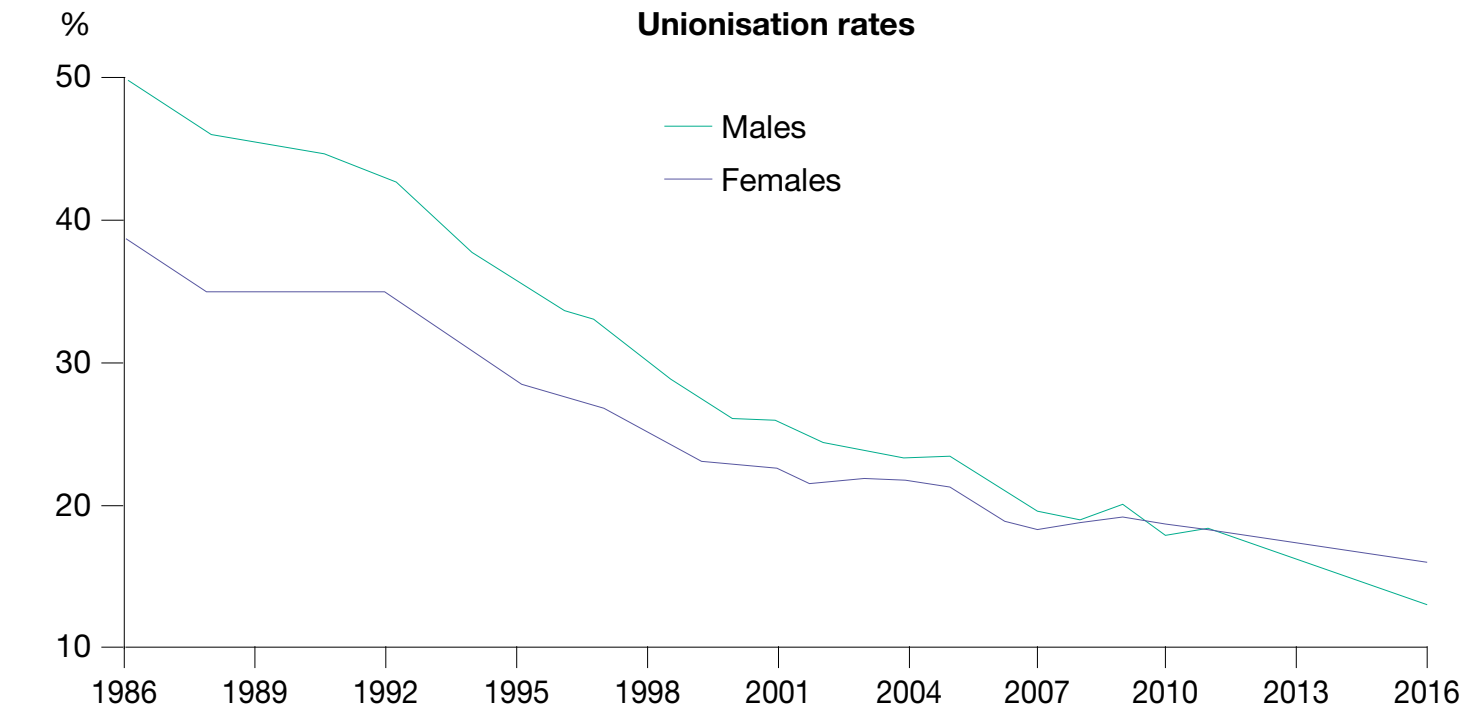Photo AI
Last Updated Sep 24, 2025
Apartheid Crisis: Internal Resistance Simplified Revision Notes for NSC History
Revision notes with simplified explanations to understand Apartheid Crisis: Internal Resistance quickly and effectively.
407+ students studying
Apartheid Crisis: Internal Resistance
Rediscovery of Power by Black Workers
The 1973 Durban strikes were a transformative moment for black workers in South Africa, initiating a period where worker solidarity began driving change against harsh conditions.
Historical Context
- Economic Challenges:
- A severe recession resulted in high unemployment rates.
- Black workers endured low wages and poor working conditions.
- Impact of Apartheid Legislation:
- Strict laws limited freedoms and oppressed black workers' rights.
This backdrop fostered significant mobilisation during the Durban strikes, greatly increasing union membership afterward.
- Union Membership Growth:
- Membership surged from a few tens of thousands before 1973 to several hundred thousand by the late 1980s.

Notable unions such as FOSATU and COSATU emerged as influential leaders in these movements.
- FOSATU: Federation of South African Trade Unions—established in 1979 to consolidate worker efforts.
- COSATU: Congress of South African Trade Unions—formed in 1985, expanded to become a significant anti-apartheid force.
Role of Federations like FOSATU and COSATU
FOSATU's Foundation and Role
FOSATU played a crucial role in unifying black trade unions.
- Objectives:
- To advocate for fair representation.
- To engage in activism to enhance labour conditions.
- Key Events:
- Organised large-scale protests, demonstrating union solidarity.
Formation and Expansion under COSATU
COSATU strengthened union operations, assuming a pivotal sociopolitical role.
- Fundamental Achievements:
- Instrumental in forming alliances with anti-apartheid movements.
- Led key strikes, significantly impacting the national dialogue.

Union Strategies and Tactics
Mobilisation and Alliances
Unions executed strategic alliances and advocacy efforts.
- Domestic Engagement:
- Collaborated with the United Democratic Front (UDF) for joint initiatives.
- Global Impact:
- Promoted international sanctions through advocacy.
Example: COSATU's advocacy was instrumental in the imposition of international sanctions, intensifying pressure on the apartheid regime.

Impact on Broader Anti-Apartheid Movement
Trade unions constituted the backbone of the anti-apartheid initiative.
- Collaborative Initiatives:
- Coordinated with major entities like ANC and UDF to organise mass actions, influencing national policies.
- Global Advocacy:
- Their campaigns spurred significant global advocacy for sanctions.
Key event: Global boycott campaigns showcased the impact of unions, amplifying anti-apartheid sentiments internationally.

Efforts by trade unions both domestically and internationally were crucial in dismantling apartheid, playing a substantial role in South Africa's eventual transformation.
Overview of Botha's Reforms
- P.W. Botha's Reforms:
- Pursued an image of change while maintaining control.
- Implemented the Tricameral Parliament in 1983, which purported reform but reinforced apartheid.
- Political Reasoning: Attempted to mollify international criticism by providing limited political inclusion to select groups.
Tricameral Parliament: Established representation for Whites, Indians, and Coloureds while excluding the black majority. Aimed to superficially address international pressure for reform.
Evaluation of Inadequacies
- Superficial Reforms: Did not address fundamental demands, preserving racial exclusion.
- Ignored Groups: The Comprehensive Anti-Apartheid Act (1986) by the USA indicated international disapproval.
- Repressive Tactics: The Internal Security Act was employed to detain opposition leaders.
Botha's Political Strategy
- Facing Sanctions: The USA's economic sanctions underscored the shortcomings of Botha's approach.
- Internal Resistance: Dissent within Botha's party called for authentic change.

New Methods of Mobilisation
- Network Formation: Alliances formed by trade unions and civic groups were crucial for anti-apartheid efforts.
- Innovative Youth Activism:
- Young activists employed innovative tactics, such as flash mobs and covert organising.
Boycotts and Stayaways
- Economic Pressure: The Port Elizabeth boycott in 1984 resulted in significant business losses, exerting pressure on apartheid policies.
- Stayaways: Disrupted regular business operations, reflecting discontent with apartheid.

Examples of Mass Civic Actions
- Mass Democratic Movement & UDF: Reinforced coordinated resistance efforts.
- End Conscription Campaign:
- Opposed mandatory military service, complicating recruitment efforts.
- Soweto Boycotts: Influenced UN resolutions, heightening apartheid isolation.
Influence of Civic and Political Organisations
- Roles of Key Groups: COSATU played a central role in organising widespread protests.
- Non-Racialism as Unifier: Promoted by figures such as Desmond Tutu, unified diverse movements for equality.
Joint Campaigns and Interactions
- Release Mandela Campaign:
- Attracted international focus, with countries and media exerting pressure for Mandela's release.
Ensure diagrams complement the text they accompany to foster an integrated and thorough learning experience.
500K+ Students Use These Powerful Tools to Master Apartheid Crisis: Internal Resistance For their NSC Exams.
Enhance your understanding with flashcards, quizzes, and exams—designed to help you grasp key concepts, reinforce learning, and master any topic with confidence!
190 flashcards
Flashcards on Apartheid Crisis: Internal Resistance
Revise key concepts with interactive flashcards.
Try History Flashcards20 quizzes
Quizzes on Apartheid Crisis: Internal Resistance
Test your knowledge with fun and engaging quizzes.
Try History Quizzes37 questions
Exam questions on Apartheid Crisis: Internal Resistance
Boost your confidence with real exam questions.
Try History Questions9 exams created
Exam Builder on Apartheid Crisis: Internal Resistance
Create custom exams across topics for better practice!
Try History exam builder90 papers
Past Papers on Apartheid Crisis: Internal Resistance
Practice past papers to reinforce exam experience.
Try History Past PapersOther Revision Notes related to Apartheid Crisis: Internal Resistance you should explore
Discover More Revision Notes Related to Apartheid Crisis: Internal Resistance to Deepen Your Understanding and Improve Your Mastery
96%
114 rated
The Crisis of Apartheid in the 1980s
The Crisis of Apartheid
452+ studying
188KViews96%
114 rated
The Crisis of Apartheid in the 1980s
International Response to Apartheid
402+ studying
195KViews96%
114 rated
The Crisis of Apartheid in the 1980s
Apartheid's End Crisis
301+ studying
193KViews